Studying the Genetics and Physiology of Indigenous Freediving Populations
Melissa Ilardo, PhD, is passionate about working in the distinct field of genetic analyses on individuals, primarily in Indigenous populations who have adapted to unique lifestyles or environments.
After finishing her undergraduate degree in 2011 and completing a master’s program at the NASA Astrobiology Institute at the University of Hawai‘i, she purchased a one-way ticket to India in 2013 to volunteer at a school while figuring out what she wanted to do for her doctorate. There she met her PhD supervisor, Eske Willerslev, a champion of ethical engagement of Indigenous populations in research.
Ilardo started her PhD in evolutionary genomics at the University of Copenhagen, Denmark, in late 2014 and graduated in 2018. She completed two simultaneous two-and-a-half-year postdoctoral programs: One was at the University of California, Berkeley, with supervisor Rasmus Nielsen, PhD, who mentored her through her studies with the Bajau population in Indonesia; the other was with Betty Leibold, PhD, in the University of Utah’s hematology department.
After spending the pandemic years working for genetics-based drug discovery startups, Ilardo wanted to return to research and an academic career at the University of Utah, where she is now an assistant professor in the biomedical informatics department.
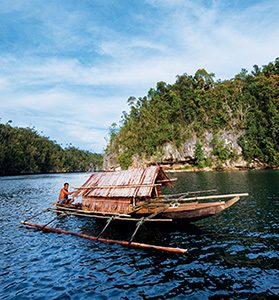
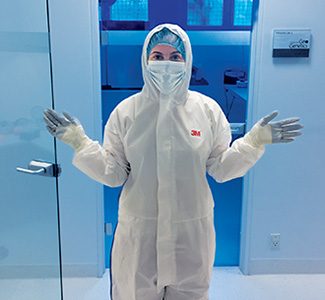
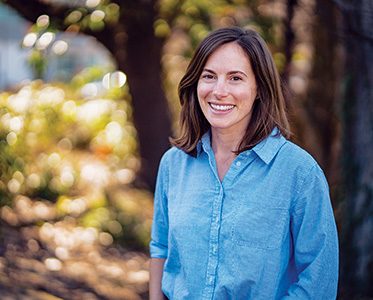
What drew you to your field?
I was doing theoretical evolutionary biology at the NASA Astrobiology Institute, working on the origin of life and evolutionary biology, which is very abstract, theoretical, and computational. I wanted to study evolution but connect it more to interacting with people.
I joined a PhD program with Eske Willerslev, a renowned professor in Denmark who was the first to sequence an ancient human genome. For the start of my PhD, I worked with 8,000-year-old human samples from Siberia on an ancient DNA project, which I really enjoyed.
You are an avid and well-traveled diver. How did you get into the sport, and what is your favorite place to dive?
My dad has been diving since it was available to the public, so we would frequently fly to the Caribbean from our home in North Carolina. I loved the water, so I got my dive certification as soon as I was old enough and got approval from my mom.
My favorite dive site is hard to choose. We often went to Grand Cayman when I was little, so it has a special place in my heart. But the best site was near Komodo in Indonesia.
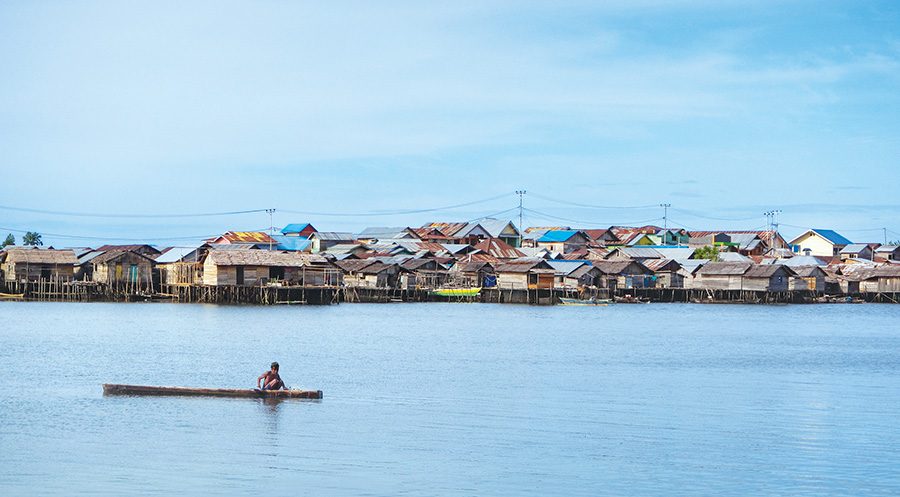
How did you find your niche area of research working with freediving Indigenous populations?
I was working on my PhD when a co-worker was preparing for a research trip to Thailand for a coral genomics project and mentioned that she might need a diver. That sounded like a once-in-a-lifetime opportunity, and I immediately volunteered to go.
While in Thailand, I heard about a community called the Moken. They are sea nomads, which means they get almost everything they need from the sea. They have had a history of subsistence diving for probably thousands of years. I started reading and investigating what others had done and realized that no one had looked at the genetics of the Moken or other similar Indigenous populations.
I pitched the idea to my PhD supervisor, who reached out to Rasmus Nielsen, who is renowned in the adaptation community and later supervised one of my postdocs. He said it might be possible to look at adaptation in this population, but it was a long shot, meaning I would be betting my PhD on it. I did not hesitate and said, “OK, I’ll do that.”
Have Indigenous populations resisted participating in your studies?
There’s a bit of a misunderstanding among scientists that Indigenous communities don’t want to participate in research. In my experience, Indigenous communities very much want to participate, especially because they might otherwise miss out on the benefits of that research. They just want it done a certain way.
I have not encountered any resistance in the communities I’ve worked with, but I’ve also gone into it without expectations and open to conversations. If a community had said, “No, we’re not interested,” that would have been the end of that discussion. It is about addressing their concerns, so among the questions I usually ask are, “What is important to you?” “If we were to partner in a study, what would you want to know?” “What are your concerns about being involved in research?” “Is this something you are interested in?” The answer to the last one is usually yes.
Another issue is how to explain the study. Informed-consent forms have a lot of language about what participants will do, what researchers will measure, and what participants can expect. It is important to make that information as accessible as possible. If you are speaking to someone who has never heard of DNA or the word genome, how do you make sure they understand what that means before agreeing to give their DNA? They need to know the implications, what you could do with the samples, and how you will protect their data.
I spent a long time in the community doing workshops and lectures to make sure they understood what DNA is, what inheritance means, what could go wrong, and what happens when they spit in a tube and hand it to me.
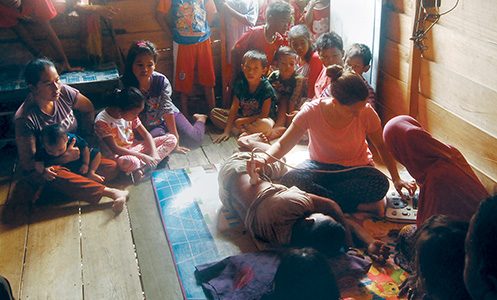
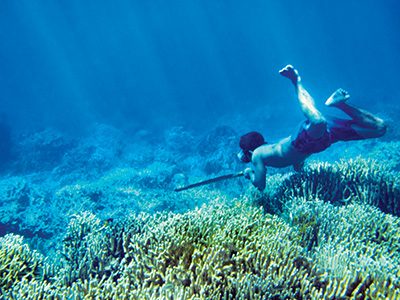
Have any genetic differences been found between sea nomads and other populations?
Our study on the Bajau population in Indonesia found that their spleens are larger than those in surrounding populations. When you hold your breath and submerge your face in water, several things happen. One is spleen contraction, which researchers have observed in seals and humans.
We know this spleen contraction increases the amount of circulating red blood cells. Since red blood cells carry oxygen, more oxygen is available following splenic contraction, which may prolong dive time. We were able to link that to a genetic variant that seems to increase thyroid hormone levels, which then increase spleen size.
We do not know the exact cause and effect, however, and there may be some other mechanism involved that has increased spleen size as a side effect of the variant. The variant may also increase red blood cells, but that has not been tested.
What would you like to see in your field in the future?
I would love to see more people from Indigenous communities involved in the research. There’s a lot of room to build capacity in these communities, which would enable them to perform this research themselves, so it is no longer white European researchers like me working on Indigenous genomes. A great example of work done in this area is at the Australian National University’s National Centre for Indigenous Genomics, a community-led center with Aboriginal researchers.
Scientifically, though, many communities have been overlooked in the past, which is detrimental to health research. I would like to see more of these communities celebrated for what makes them so extraordinary.
Explore More
Learn more about Melissa Ilardo’s research on sea nomads in this video.
© Alert Diver — Q1 2024